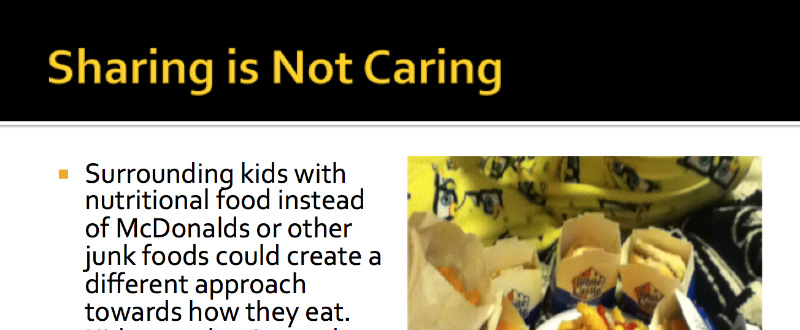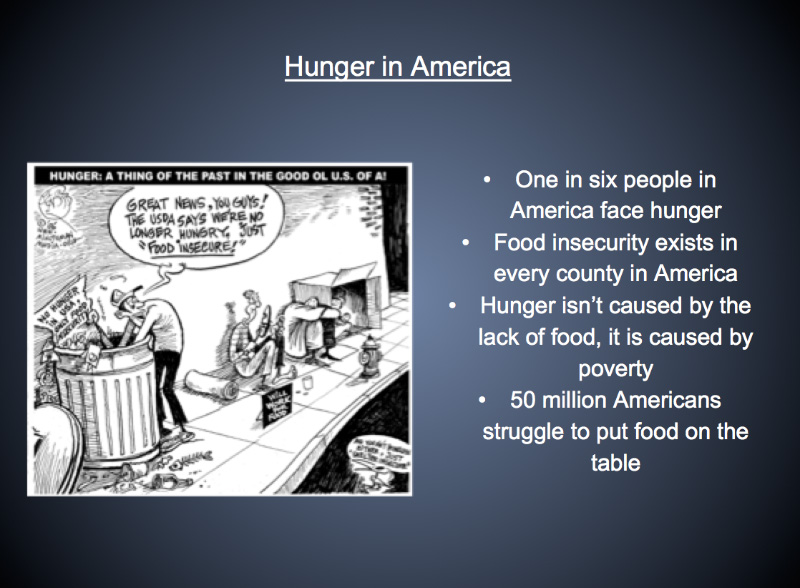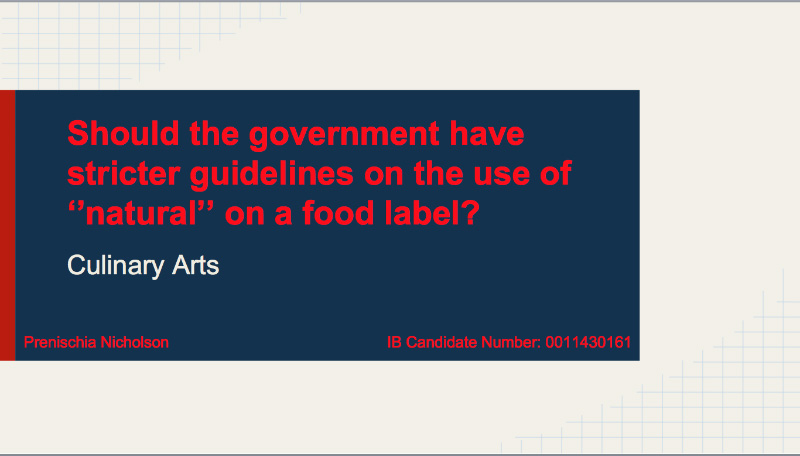Success Through Failure
High-school students studying ethics consider the role of failure in the creative process.
By Denise Prociuk

FAILURE is the big idea that has catalyzed this whole process with the Museum of Contemporary Art Teacher Institute. For the past two years, I have been working with seniors at my high school who are involved with the International Baccalaureate Career-Related Program. In order to graduate from this program, they have to complete a culminating Reflective Project in which they research and develop an Ethical Dilemma in their vocational classes. Throughout this process, FAILURE has been a recurring roadblock that seems to bring everyone down. In order to tackle this issue, we have tried to answer the questions:
- What do you do in a situation where you don’t want to, but have to?
- Why are we afraid of challenges?
- How will the fear of failing in this program help us to succeed?
- Is failing the end of the road?
- To have students think about and then understand why failure is a vehicle to a finished product, or to think about how it can be a finished product.
- To have students understand the difference between failure and experimentation.

Documentation + Assessment Suggestions
This entire project required going through many revision processes. Students peer-edited, self-edited, wrote reflections on each others’ projects, on their own, and finally submit their projects.
Learning Activities
Here is a map of activities and projects that helped students lead up to completing this major Reflective Project. Researching different topics and ethical issues helped students to figure out a topic to focus on that they found interesting.
September: Use QuestiaSchool.com as a research database to learn how to research and focus sources. Students would have been previously introduced to this research database and gone through a workshop week with the teacher to learn how to navigate, what keywords to enter into the search bar to narrow a search, and which sources would be productive for them to use. An annotated bibliography assignment would also help for students to realize which sources they could choose to use in their projects and which are not as helpful. Once confident with this website, students should begin using the database to log sources, write notes, and make highlights within sources, and to create internal citations and bibliographies. While the whole month of September should be dedicated to initial research and logging the sources, September does not end the students’ process with research, and they should continue refining their sources and research until the project is submitted in March.
October: Students focused on images and how we make judgments or perceive ethical dilemmas visually. Throughout this month, students honed in on their ethical topic visually. They researched and thought about images that were representative of the communities affected by their ethical issue, the social impacts, and the personal connections they may have to their topic. They then took those images and created a visual presentation in which they had to find a creative way to present the images and explain their connection to the project.
November: Students worked with APA formatting and created an annotated bibliography on a new topic. At this point in the year, it is important for students to begin to understand how to format their sources, citations, and bibliography in preparation for college.
December: Students created presentations around a human trafficking research project so that we could discuss a global issue as a community. In order to take a break from their projects and be able to connect what they have learned through their individual projects, the class focused on this collaborative project revolving around the global issue of human trafficking. Reflection and Socratic discussion methods were at the forefront of this project, leading students to their own understandings, learning from each other’s ideas, and creating new insights for themselves.
January: Students hashed out reflective project ideas and developed a solid idea, looked at samples, and constantly shared out as a group. Research and gathering sources was also a part of this month, as well as conducting any interviews, filming, or creating surveys. January can become a tedious task month. In order for students to keep on track and on time with their goals, they each create a timeline and receive a grade for completing their goals. Most of the work from this month is individualized and/or one-on-one with the teacher. Suggesting that students look at samples from previous years’ projects is a very subjective choice on the part of the teacher. Depending on the student, this could be influential to their progress, but could also be hurtful.
February: Students created a rough draft of their project, with peer editing, self-editing, and instructor revisions. Mid-way through February, students should have a working rough draft (which in this case is technically the final draft with only some revisions to be made) so that they can receive many peer edit suggestions. Using turnitin.com, students submit their draft and are randomly assigned five peers by the computer; they use a rubric on the site to assess and comment on one another’s work. Their final assignment is to self-assess their own work. For all of these assessments, they receive a grade. While students are completing these peer assessments, the teacher assesses each student’s work for the final time before the students make corrections and submit their project.
March: Students make final revisions and SUBMIT. March is a very focused month in which students make their final corrections and submit their work to turnitin.com and on the Google Drive.

Materials + Supplies
- Computers
- Use of a research database such as Questia
- Some form of turnitin.com
- Video & Sound Equipment for Students
- Apple Superdrive
MCA Connections
The MCA field trip helps students begin to understand why artists are interested in representing the struggles people go through in battling ethical issues.
Resources
Contemporary Artist References
Research Project Documents
Denise Prociuk
Prosser Career Academy
Denise Prociuk attended DePaul University, receiving a dual degree in Secondary Education in English and Visual Arts. She furthered her art degree in Florence, Italy at Santa Reparata International School of Art, and still dreams of returning and continuing a graduate degree in art.
Denise has been an English and AP Literature teacher at Prosser Career Academy on the Northwest side of Chicago. Even though she primarily teaches English, she is constantly trying to connect students' experiences with artistic expression.
She is also currently helping develop the International Baccalaureate Career Certificate program at Prosser. In the Approaches to Learning class she teaches, students delve into ethical dilemmas within their career paths and explore community partners who can help them connect with a hands-on experience for their research and understanding of service.
